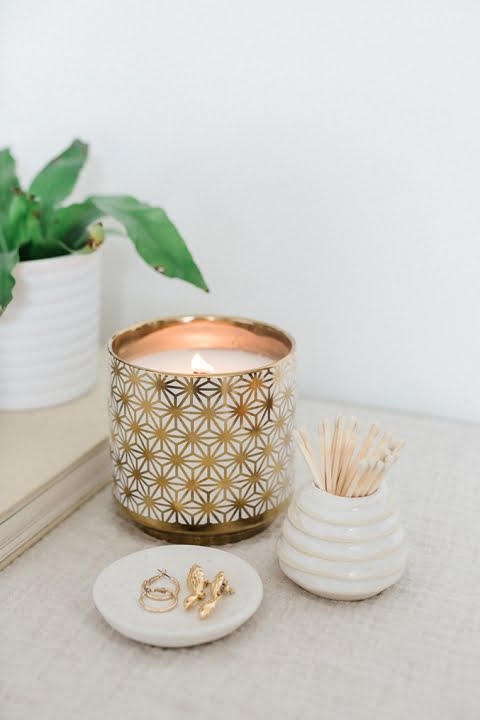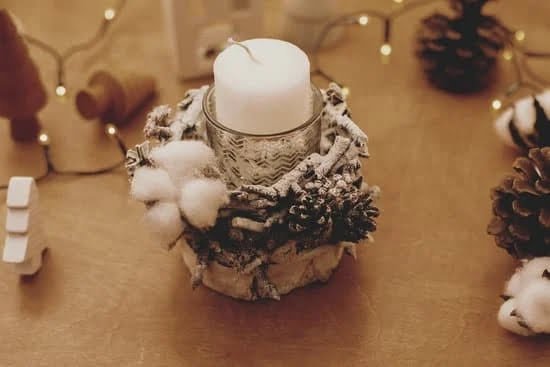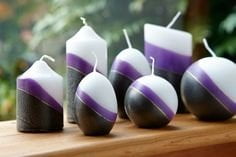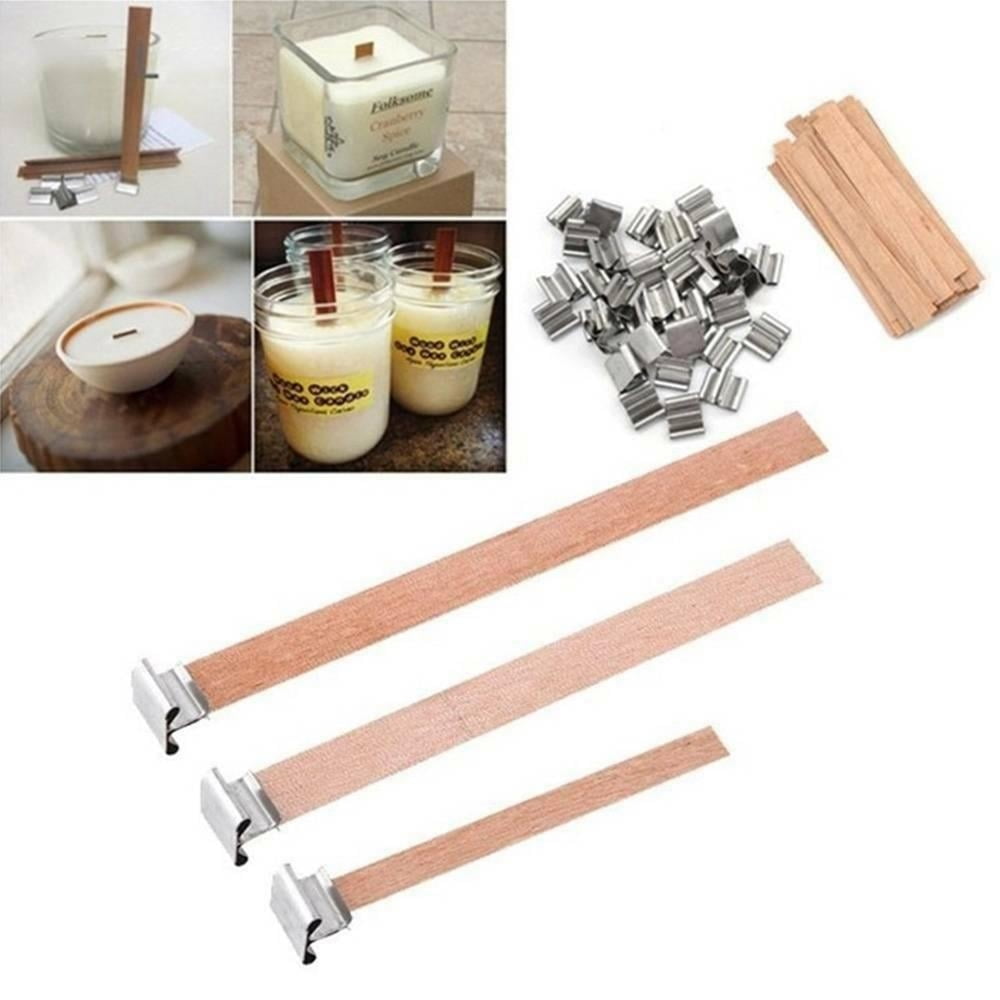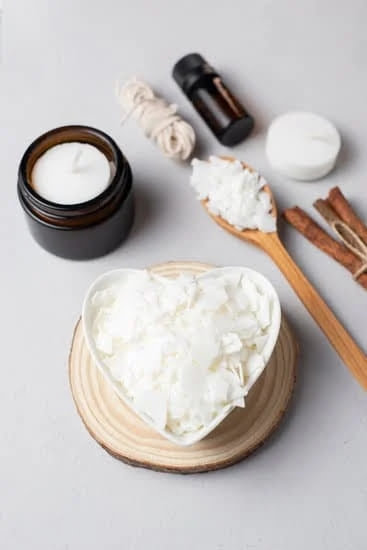Paraffin wax for candle making has been a staple in the industry for many years, prized for its versatility and affordability. Derived from petroleum, paraffin wax is a popular choice among candle makers due to its ease of use and ability to hold fragrance and color well. In this article, we will explore the various aspects of paraffin wax as a key ingredient in the art of candle making.
The history of paraffin wax in candle making dates back to the 1850s when it was first introduced as an alternative to beeswax. Since then, it has become widely used in the industry due to its availability and consistency. Over time, candle makers have come to appreciate the benefits that paraffin wax offers in producing high-quality candles.
One of the key advantages of using paraffin wax in candle making is its ability to produce long-lasting, clean-burning candles. Additionally, it has a lower melting point compared to other waxes, making it easier to work with during the candle-making process. As we delve further into this article, we will explore more benefits associated with using paraffin wax and how it contributes to creating beautifully crafted candles.
History of Paraffin Wax in Candle Making
The use of paraffin wax in candle making dates back to the 1850s when it was first commercially produced. Before paraffin wax, candles were typically made from tallow or beeswax, which had a shorter burning time and emitted a less pleasant odor when compared to the clean-burning properties of paraffin wax. The industrial revolution brought about advancements in the production and refinement of paraffin wax, making it a popular choice for candle making.
Industrial Revolution and Paraffin Wax
During the industrial revolution, the demand for affordable and efficient lighting sources grew exponentially. This led to the discovery and commercialization of paraffin wax as a viable alternative to traditional candle-making materials. The introduction of paraffin wax revolutionized the candle-making industry, providing a cost-effective and readily available raw material for producing high-quality candles.
Transformation of Candle Making
The availability of paraffin wax transformed the candle-making process, enabling manufacturers to produce consistent and long-lasting candles at a lower cost. This innovation also allowed for mass production of candles, making them more accessible to households around the world.
As a result, paraffin wax became synonymous with modern candle making, setting a new standard for quality and performance in the industry. Today, paraffin wax remains one of the most widely used materials for producing scented and unscented candles across the globe.
Benefits of Using Paraffin Wax in Candle Making
Paraffin wax is a popular choice for candle making due to its numerous benefits. One of the main advantages of using paraffin wax is its affordability and accessibility. It is readily available in various grades and types, making it a versatile option for both beginners and experienced candle makers. Additionally, paraffin wax has a high melting point, which allows for longer burning times compared to other types of wax.
Another benefit of using paraffin wax for candle making is its ability to hold color and fragrance well. This means that candles made with paraffin wax can be customized with different colors and scents, providing endless possibilities for creativity. Whether you prefer vibrant, colorful candles or soothing, aromatic ones, paraffin wax can easily accommodate your preferences.
Furthermore, paraffin wax has a smooth and even texture, resulting in a polished appearance for finished candles. This makes it an excellent choice for creating professional-looking products that are visually appealing. Additionally, paraffin wax has excellent mold release properties, making it easy to work with when creating intricate or detailed candle designs.
Different Grades and Types of Paraffin Wax for Candle Making
Paraffin wax is a popular choice for candle making due to its affordability and versatility. When it comes to paraffin wax for candle making, there are different grades and types available on the market, each with its own unique characteristics and qualities. It’s important for candle makers to understand the differences between these various options in order to select the best type of paraffin wax for their specific candle making needs.
Here are some of the different grades and types of paraffin wax commonly used in candle making:
- Fully Refined Paraffin Wax: This type of paraffin wax has been purified and refined to remove impurities and any undesirable odors. It has a higher melting point, which makes it ideal for creating pillar candles that need to hold their shape.
- Semirefined Paraffin Wax: Also known as slack wax, this type of paraffin wax is less processed than fully refined paraffin wax. It has a lower melting point and is often used in container candles or votives.
- Microcrystalline Wax: Unlike paraffin wax, microcrystalline wax is derived from petroleum but has shorter, branched hydrocarbon chains. This results in a more flexible and adhesive wax that is often used in blended waxes for container candles or as a hardening agent in pillar candles.
Each type of paraffin wax offers its own set of advantages and disadvantages, so it’s essential for candle makers to consider their specific project requirements when choosing the right grade or type of paraffin wax.
When selecting a grade or type of paraffin wax for candle making, it’s crucial to consider factors such as melting point, scent retention, finish quality, and intended use of the candles being produced. By understanding the differences between these various options, candle makers can make informed decisions that will ultimately result in high-quality candles that meet their desired specifications.
How to Use Paraffin Wax in Candle Making
When it comes to making candles, using paraffin wax is a popular choice due to its affordability and ease of use. In this section, we will discuss the steps on how to properly use paraffin wax for candle making, ensuring that you achieve the best results in your homemade candles.
Preparing the Workspace
Before starting the candle-making process, it is important to prepare your workspace. Make sure that you have a clean and clutter-free area to work in, with all necessary materials and equipment readily available. This includes your paraffin wax, fragrance oils, dye chips (if desired), a double boiler or melting pot, a thermometer, candle molds or containers, wicks, and any other tools you may need.
Melting the Paraffin Wax
Using a double boiler or melting pot, melt the paraffin wax over low to medium heat. It is crucial to keep an eye on the temperature using a thermometer to ensure that the wax does not overheat. Different grades and types of paraffin wax have different melting points, so it is important to follow the specific instructions for the type of wax you are using.
Adding Fragrance and Color (Optional)
Once the paraffin wax has melted completely, you can add fragrance oils and dye chips if you’d like scented and colored candles. Be sure to follow recommended guidelines for the amount of fragrance oil and dye chips to add based on the amount of wax you are working with. Stir the fragrance oil and dye chips into the melted wax thoroughly to ensure even distribution.
By following these steps carefully, you can effectively use paraffin wax for candle making while achieving high-quality results in your homemade candles. The versatility of paraffin wax allows for endless possibilities in creating unique and customizable candles for personal use or gifting.
Common Mistakes to Avoid When Using Paraffin Wax for Candle Making
When using paraffin wax for candle making, there are some common mistakes that beginners often make. One of the most frequent errors is not properly measuring the temperature when melting the wax. It is crucial to follow the recommended temperature guidelines, as overheating the wax can result in discoloration and a decrease in fragrance throw. On the other hand, if the wax is not heated enough, it may not fully melt or adhere properly to the wick.
Another mistake to avoid is adding too much fragrance oil to the wax. While it may be tempting to increase the scent throw of your candles, adding an excessive amount of fragrance oil can lead to poor burning performance and even potential safety hazards. It’s essential to follow the recommended fragrance load for the specific type and grade of paraffin wax you are using.
Additionally, neglecting proper pouring temperatures can also be a common mistake. Pouring paraffin wax at too high or too low temperatures can result in uneven surfaces, sinkholes, or cracking in the finished candles. It’s important to understand and follow the pouring temperature guidelines provided by reputable sources when working with paraffin wax for candle making.
Overall, by being mindful of these common mistakes and taking appropriate precautions, you can ensure that your candle making experience with paraffin wax is successful and yields high-quality results.
| Common Mistake | Impact |
|---|---|
| Improper Temperature Measurement | Discoloration, decrease in fragrance throw |
| Excessive Fragrance Oil | Poor burning performance, safety hazards |
| Neglecting Proper Pouring Temperatures | Uneven surfaces, sinkholes, cracking |
Safety Precautions When Working With Paraffin Wax
When working with paraffin wax for candle making, it is crucial to prioritize safety to prevent accidents and ensure a smooth and successful process. Here are some essential safety precautions to keep in mind when working with paraffin wax:
- Always melt the wax using a double boiler or a dedicated wax melting pot to reduce the risk of fire and burns. Never melt paraffin wax directly on a stovetop as it is highly flammable.
- Use a candy thermometer to monitor the temperature of the melted wax. Overheating paraffin wax can cause it to ignite, so it is important to keep the temperature within the recommended range of 160-180°F (71-82°C).
- When adding colorants or fragrance oils to the melted wax, use caution and follow the manufacturer’s instructions. Some additives may contribute to a lower flash point, which increases the risk of combustion.
- Work in a well-ventilated area to prevent inhalation of fumes from the melting wax. Consider wearing a mask or respirator if ventilation is limited.
- Keep a fire extinguisher nearby in case of emergencies, and never leave melted wax unattended while it’s on heat source.
By following these safety precautions when working with paraffin wax for candle making, you can minimize risks and create your candles with peace of mind knowing that you have taken necessary measures for your safety. Remember that prioritizing safety is always essential when working with any kind of materials in crafting activities such as candle making.
Tips and Tricks for Getting the Best Results With Paraffin Wax in Candle Making
When it comes to candle making, using paraffin wax can result in beautiful, high-quality candles. However, getting the best results with paraffin wax requires attention to detail and some insider tips and tricks. Here are some expert recommendations for making the most out of your paraffin wax for candle making.
Firstly, ensure that you are using the right grade and type of paraffin wax for your specific candle making needs. Different grades of paraffin wax have different melting points and characteristics, so it’s important to match the type of wax with the type of candle you want to create. For example, container candles may require a different grade of paraffin wax than pillar candles.
Another tip for achieving the best results with paraffin wax in candle making is to use a double boiler or a dedicated melting pot. This will help ensure that the wax melts evenly and reduces the risk of scorching or burning the wax. Additionally, adding fragrance oils or dyes at the correct temperature is crucial for achieving an even distribution throughout the candle.
Lastly, consider investing in quality molds and wicking materials when working with paraffin wax for candle making. Using high-quality molds will result in professional-looking candles, while choosing the right wick size and type will ensure an optimal burn for your finished product.
By following these tips and tricks, you can elevate your candle making skills and create stunning, fragrant candles using paraffin wax.
Conclusion and Recommendations for Using Paraffin Wax for Candle Making
In conclusion, paraffin wax is a versatile and popular choice for making candles. Its long history in the candle making industry, along with its numerous benefits, makes it a preferred option for many candle makers. Whether you are making candles for personal use, as gifts, or for sale, paraffin wax offers a reliable and cost-effective solution.
When using paraffin wax for candle making, it is important to consider the different grades and types available, as well as any specific instructions provided by the manufacturer. It is also crucial to follow safety precautions and be aware of common mistakes to avoid when working with this material.
Furthermore, to achieve the best results with paraffin wax in candle making, utilizing tips and tricks such as proper melting temperature and adding fragrance oils at the right time can make all the difference. With the right knowledge and care, you can create beautiful and high-quality candles using paraffin wax.
Ultimately, whether you are a beginner or experienced candle maker, incorporating paraffin wax into your candle making process can lead to satisfying and enjoyable results. With its availability and versatility, paraffin wax continues to be a top choice for creating lovely candles at home or in a professional setting.
Frequently Asked Questions
Which Paraffin Wax Is Best for Candle Making?
The best paraffin wax for candle making is usually a blend of different melting point paraffin waxes. This allows for a smooth and even burn, good scent throw, and minimal frosting.
Is Paraffin Wax Good for Candles?
Paraffin wax is generally considered good for candles because it has a high fragrance load capacity, provides good scent throw, and has a lower melting point which allows for a longer burning time.
What Is the Difference Between Paraffin Wax and Candle Wax?
The main difference between paraffin wax and candle wax is that paraffin wax is a type of candle wax. Candle wax can be made from various materials including paraffin, soy, beeswax, and more, each with its own unique characteristics.

Welcome to my candle making blog! In this blog, I will be sharing my tips and tricks for making candles. I will also be sharing some of my favorite recipes.

